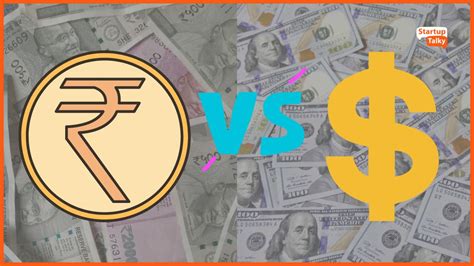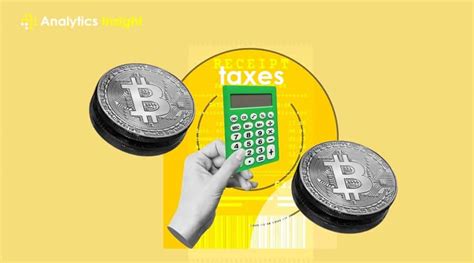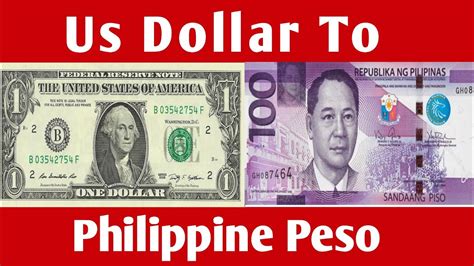Introduction
The exchange rate between the United States dollar (USD) and the Indian rupee (INR) is a key indicator of the economic relationship between the two countries. In recent years, the value of the rupee has fluctuated significantly against the dollar, making it important to understand the factors that influence this relationship. This article will provide a comprehensive analysis of the 1 USD to INR exchange rate, exploring its historical trends, current status, and potential future developments.

Historical Trends
Over the past decade, the 1 USD to INR exchange rate has exhibited significant volatility. In 2013, 1 USD was equivalent to approximately 54 INR. However, by 2018, the rupee had weakened considerably, with 1 USD fetching around 74 INR. This sharp depreciation was primarily attributed to global economic uncertainty and a widening current account deficit in India.
Current Status
As of March 8, 2023, the 1 USD to INR exchange rate stands at approximately 82.85 INR. This represents a moderate appreciation of the rupee in recent months, supported by factors such as India’s strong economic growth and the Reserve Bank of India’s (RBI) efforts to stabilize the currency.
Factors Influencing the Exchange Rate
The 1 USD to INR exchange rate is influenced by a complex interplay of economic and geopolitical factors, including:
- Interest rate differential: Higher interest rates in the United States make the dollar more attractive to investors, leading to increased demand for the currency and a stronger dollar against the rupee.
- Economic growth: A stronger Indian economy attracts foreign investment and boosts demand for the rupee, which in turn strengthens its value against the dollar.
- Current account deficit: A widening current account deficit indicates a higher demand for foreign goods and services, which can put downward pressure on the rupee’s value.
- Political stability: Political uncertainty or economic crises in India can lead to a flight to safety by investors, resulting in a weaker rupee.
- Global economic conditions: A strong global economy typically benefits India by increasing exports and foreign investment, supporting the rupee’s value.
Future Projections
Predicting the future of the 1 USD to INR exchange rate is challenging due to the numerous factors that influence it. However, analysts generally agree that the following factors will play a significant role in shaping its trajectory over the coming years:
- India’s economic growth outlook: Continued strong economic growth in India will support the demand for the rupee and strengthen its value against the dollar.
- Global economic conditions: A sustained global economic recovery will benefit India by boosting exports and foreign investment, further strengthening the rupee.
- Monetary policies: The RBI’s monetary policy actions, such as interest rate adjustments, will continue to influence the exchange rate.
- Inflation: Rising inflation in India can weaken the rupee’s value by reducing its purchasing power.
Tips and Tricks for Converting Currency
- Compare rates from multiple sources: Use online currency converters or compare rates from different banks and money exchange services to find the best exchange rate available.
- Use a credit card or debit card with no foreign transaction fees: Avoid paying additional fees when converting currency by using a card that waives these charges.
- Consider using a currency exchange app: These apps allow you to lock in exchange rates and avoid fluctuations, ensuring you get the best possible deal.
Common Mistakes to Avoid
- Not researching exchange rates: Assuming that all banks and money exchange services offer the same rates can lead to overpaying for currency conversions.
- Exchanging large amounts of currency at once: Smaller currency conversions can reduce the potential impact of exchange rate fluctuations.
- Not understanding currency exchange fees: Be aware of all fees associated with currency conversion to avoid surprises.
Conclusion
The 1 USD to INR exchange rate is a dynamic measure that reflects the complex relationship between the United States and India. By understanding the historical trends, current status, and factors influencing this exchange rate, individuals and businesses can make informed decisions about currency conversions. As India continues to grow economically and play a more significant role in the global economy, the 1 USD to INR exchange rate is likely to remain a key indicator of the strength of the Indian currency and the country’s economic health.



